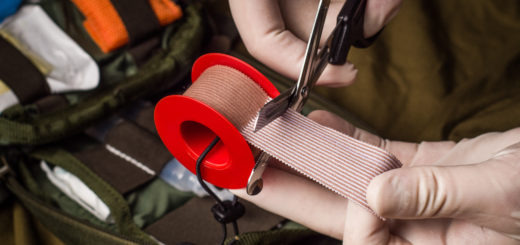EDC: Every Day Carry for students on placements
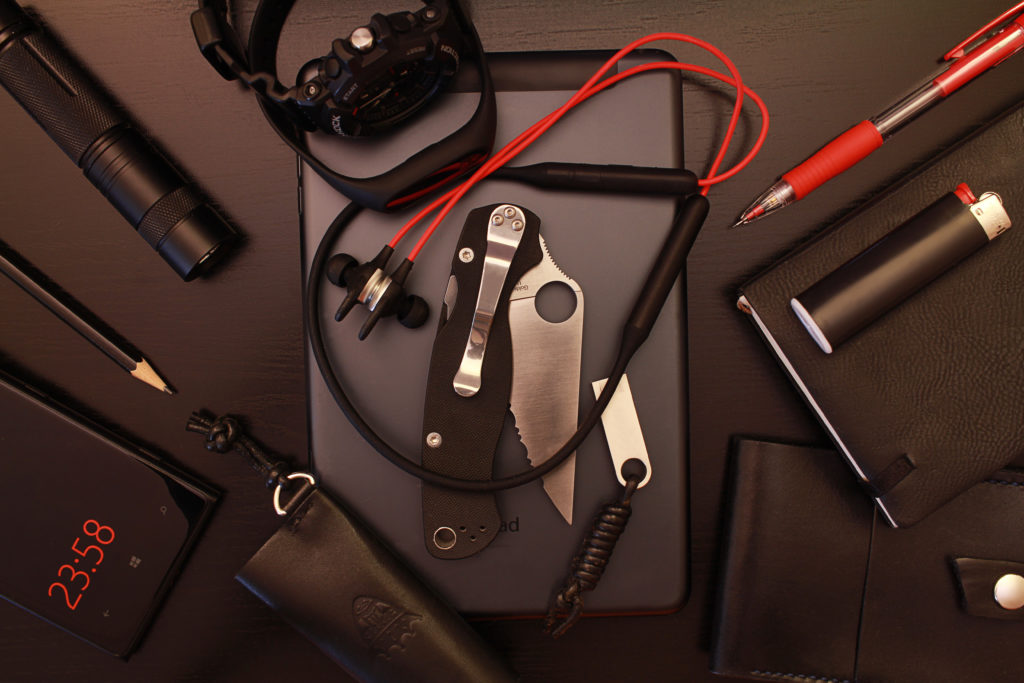
Gearing up for placement
Placement is on my doorstep and I’m sure many of the hundreds (thousands) of students about to finish out their study for 2021 are either close to or on placement as I write this. I’ve decided to put together some equipment that students may find useful for their placement. Some of this is gear that you can carry on your person or at the least throw into your grab bag that’s going to accompany you on the ambulance for your shift.
Note: None of this is critical or required. Please refer to your university institutions placement requirements on what you need to bring. This list is just some extra kit that may come in handy. I’d suggest making your own choices on whether you want to take extra gear outside of your required list as per your university guidelines. This is gear I use during my first aid work outside of university. Lastly, if you do intend to take any gear with you, whether it’s on this list or not, please take the time to use it before you need to utilize it on placement. Nothing is worse than trying to learn how to use a bit of gear for the first time in front of a patient.
The following equipment suggestions were compiled by actual students studying a paramedicine degree who had conducted at least 1 placement. This list, while not exhaustive, is just a suggestion piece. None of this equipment is mandatory (unless specifically advised by your university).
A Multitool

The trusty multitool. I want to point out that I don’t believe you need the most expensive 125 piece-tool-pocket-sized workshop, but instead a trusty sidekick that has some basic tools in the event you need to quickly cut something or fix a bit of gear or even tend to maintenance. Multitools serve purpose outside of emergency medicine and can be used in a variety of ways both at home and when out and about. I have used mine to fix minor problems on my motorcycle, to put together Ikea furniture, open letters and general handy-man stuff around the house. I don’t carry my multitool on my person when I do first aid work or while on placement but it is always in my grab bag and close by if I need it. This example is the Leatherman “Sidekick” and has the basic tools: A knife, saw, spring-loaded pliers, file/flat-head screwdriver, Philips-head and can opener. It was approximately $129 AUD and I don’t personally see the point of spending much more than that. With Christmas around the corner this might be a great gift idea if family and friends are nagging you to know what you want for the stocking.
The small multitool is the Gerber Dime – designed to be a small keyring based multitool if in a pinch and can be purchased for under $40 AUD from most popular camping stores.
Trauma Shears
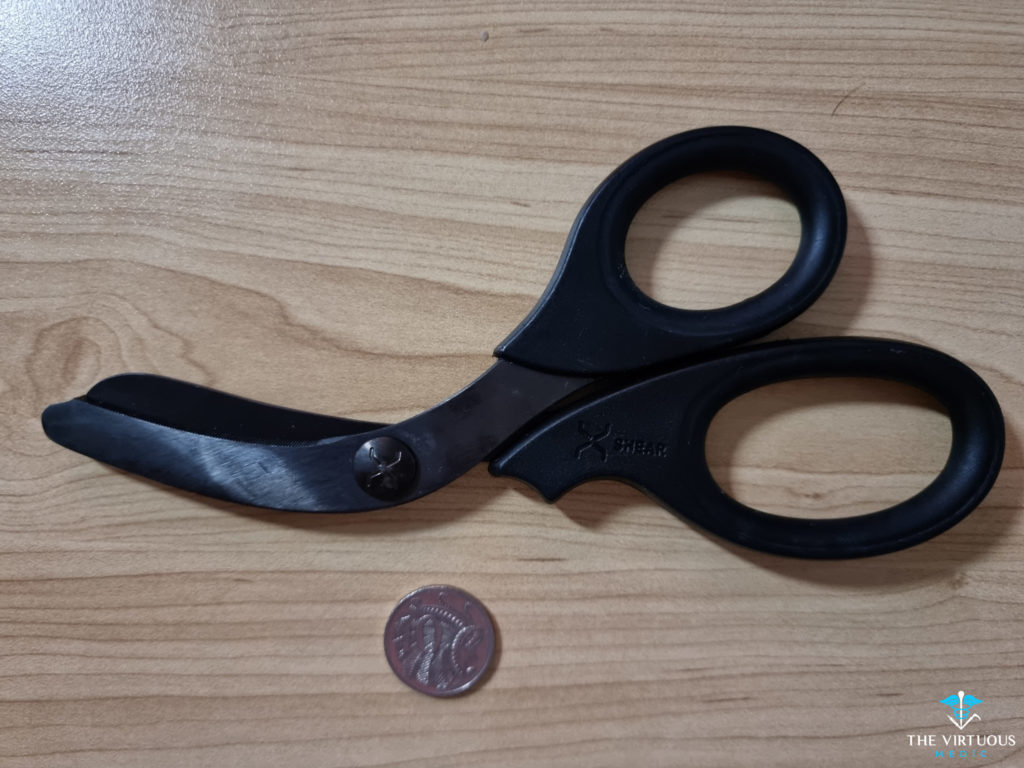
We have an article up on the site now (Clicky Clicky) discussing some options for trauma shears from cheap to expensive. This is one of those really good things to carry on you in your pocket that can be accessed easily if required. Again this is not a must have on you as your mentors no doubt will carry a pair but being able to whip out some shears if their hands are full would make you stand out. Examples of shears may include Leatherman Raptor shears, XShears, OneShears or even cheapy shears – plenty of options from expensive to cheap, like stethoscopes, you get what you pay for so an investment might be worthwhile but don’t go broke if you don’t need to, a basic set will do the job without breaking the bank.
A Stethoscope
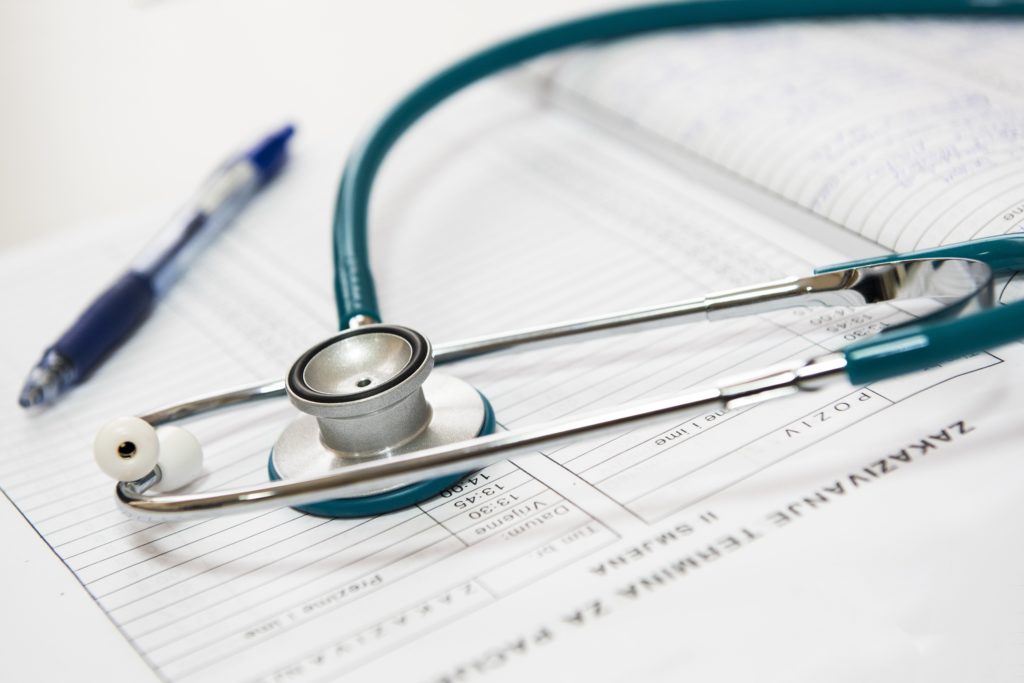
Most students would likely have a stethoscope already but for those who have been holding out, now would be a good time to ensure you have yourself a stethoscope for all the auscultations and manual blood pressures you’ll be conducting during your vital assessments. Some suggestions could include the 3M Littman series (Expensive: Littman Cardiology IV and Master Cardiology – over $300 AUD or the more affordable Classic series: Classic II and Classic III for under $200 AUD). There are also other cheaper alternatives including the Prestige Clinical ($50), Spirit III Cardiology ($70), Welch Allyn Professional ($100), Spirit Grandeur Series ($20) and the Liberty Classic Tunable ($85). There are stethoscopes on the market that suit all budgets so buy a scope that’s suitable and not likely to send you broke. And as always, you often get what you pay for so an investment in a scope is worthwhile in the long run. Also, get your scope engraved just in case you ever leave it at hospital/at uni/somewhere else.
Drug calculations/clinical reference guide
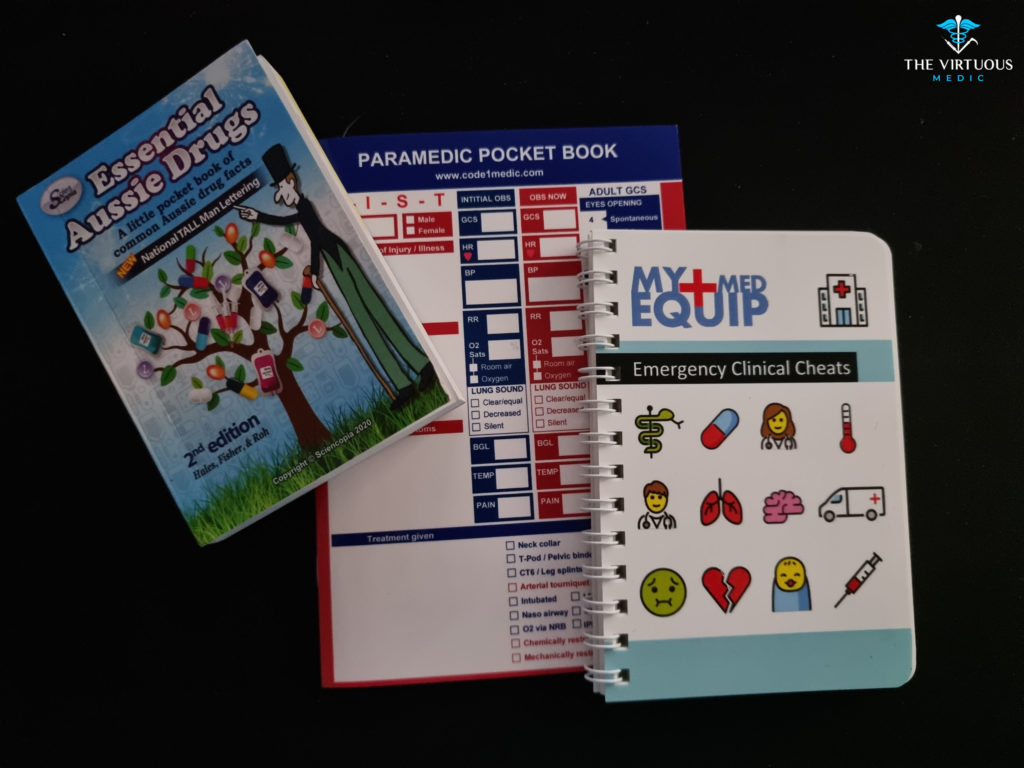
This is entirely optional but having your own printed out notes or maybe clinical reference cards like these from MyMedEquip are always handy. On the way to a job, you may find it helpful to refer to the likely drugs you may be administering or assessments you might conduct and being able to rehearse before you arrive will help with your confidence. Alternatively, most state ambulance services in Australia offer their CPG in a publicly available app on either the Play Store or Apple Store by searching the relevant ambulance service of your state (QAS Android / iOS :: AV Android / iOS :: ANSW Android / iOS :: ATAS Android / iOS :: SAAS CPG’s :: ACT/NT/WA not available in public apps yet).
Snacks and a drink bottle
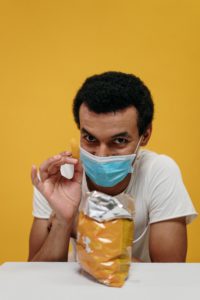
This is not only mandatory but self explanatory. There is no real “right” way to go about food and fluids on a shift but remember your placement shift is probably in the vicinity of 12+ hours, so think about what type of sustenance will get you through those long hours that doesn’t require a microwave or any other major preparation is the way to go. Some options can include pouched meals that can be eaten cold, snacks like biscuits, crackers and nuts with fruit being filling and healthy. Remember, avoid anything that requires re-heating or a fridge as you may not get access to either during the entire shift. Also make sure your food is on you when you leave as you may be too busy to return to station.
A watch
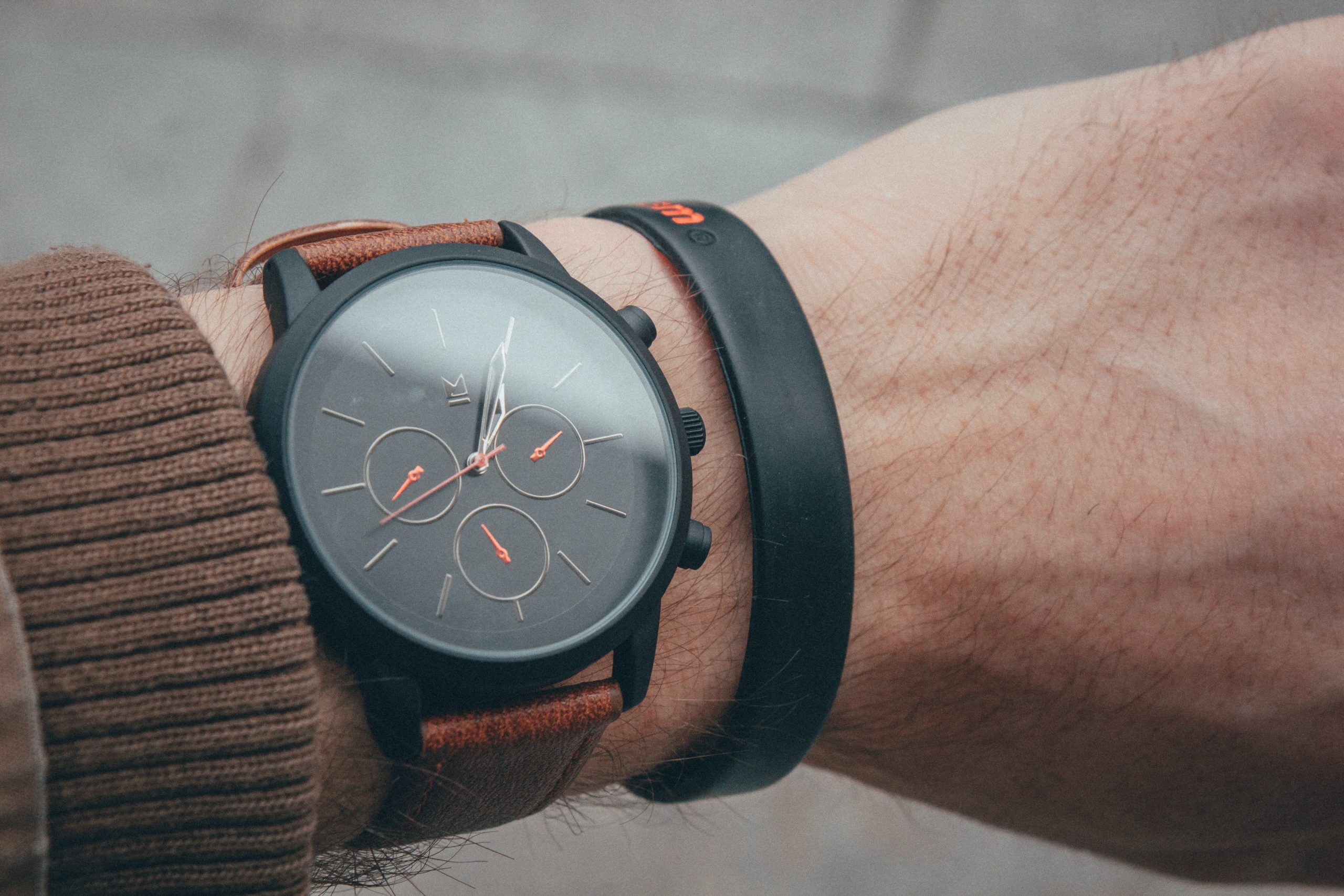
It still amazes me how many students I see on campus that don’t have a watch because “I can just look at my phone for the time“. This is not only inappropriate to do in front of a patient but it’s also a waste of time when you could simply look at your wrist. Being able to quickly reference your watch when taking a BP or recording the time you administered a drug or arrived at hospital is critical, do not rely on your phone. Watches are cheap as chips and can be purchased for literally $9 at Kmart (it’s even digital and looks good). Other alternatives can include the Casio Gshock series (a very durable watch used all around the world by emergency workers and military), smart watches (Apple and Samsung) or literally any watch you like.
Some Tape
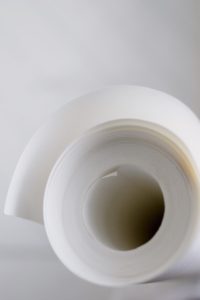
A roll of micropore tape comes in handy whenever you need to tape something down. This is one of those things like shears, you probably don’t need it but having a roll of it attached to your belt or pocket comes in handy without having to dig around a med kit for tape in a rush.
A Penlight
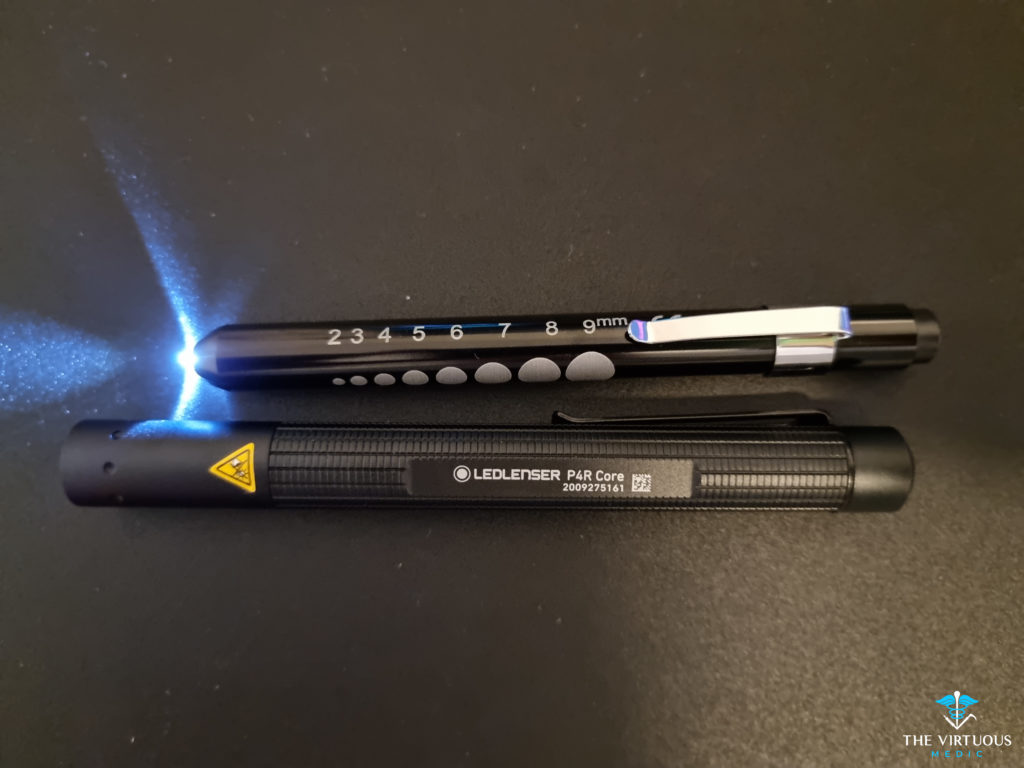
This is another handy item to have access to. They range from uber cheap (even free at most ambulance stations) or expensive (if you want something durable and rechargeable and can double as a torch as well). Keep one handy for assessments or just using it if you drop something in the dark and need a quick light.
Portable Battery Charger
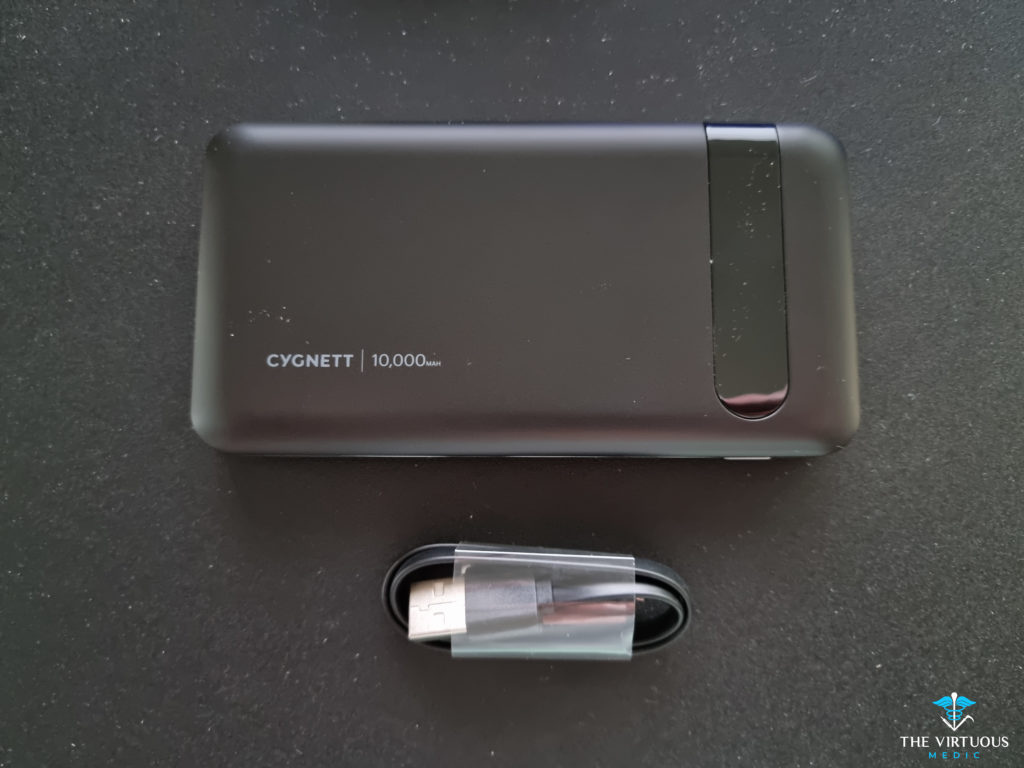
Having a portable battery pack in your grab bag is a nice safety net for your phone or smart watch or any other electronic device you use. If your phone is on the verge of going flat, simply plug it in and leave it in your grab bag for a bit and voila, you have a charged phone or device. However, be advised that using your phone on placement is a big no-no unless you are checking the CPG or doing a drug calculation – best to stay off your phone if you can.
Please, take time to enjoy your placement. It’s an amazing experience to go out on road and interact with actual patients, go lights and sirens to jobs and start putting your skills into action. Cherish your time on road, soak up as much experience as you can, be proactive, spend as little time just “observing” as you can and listen to your mentors – they have been doing it much longer than you and know what they are doing.
*This list may have additions or subtractions as time goes on. All photos displayed on this website that are watermarked are the property of VM copyright 2021. All product photos here are personal items that were paid for in full – no bias!

